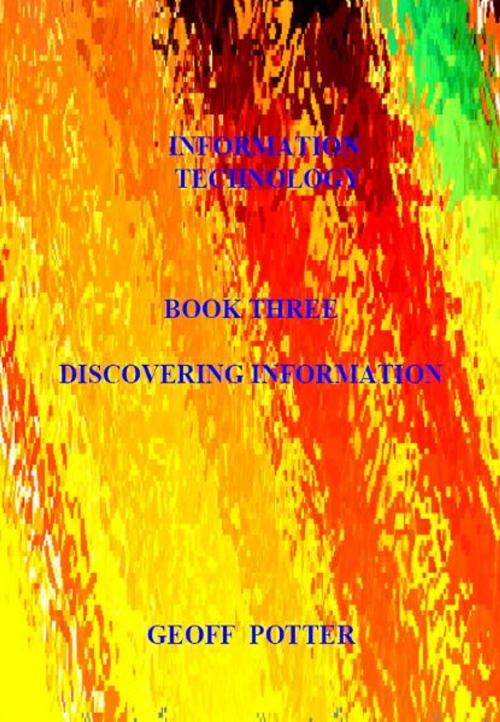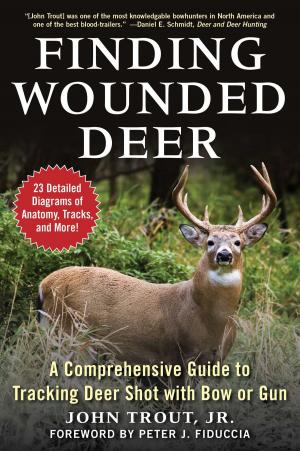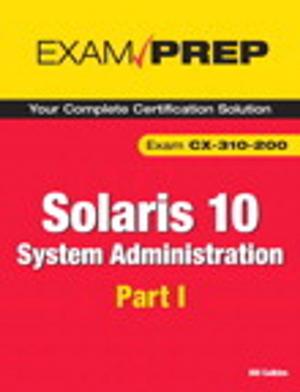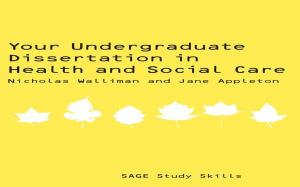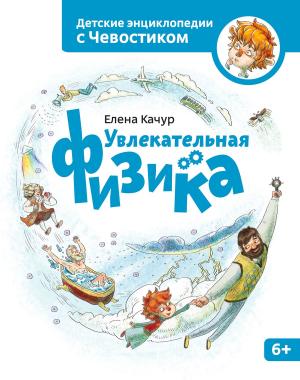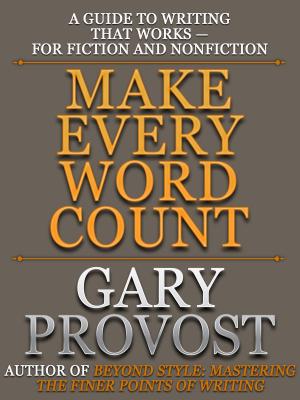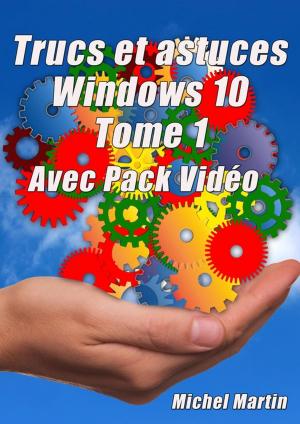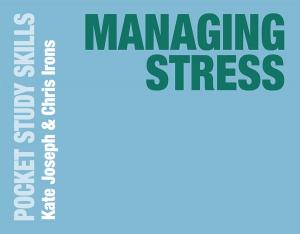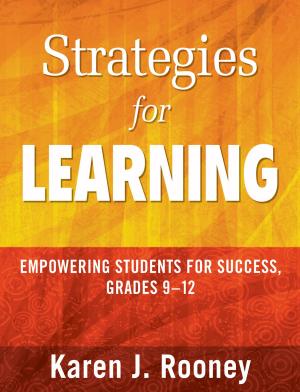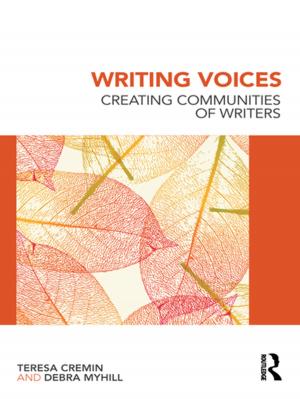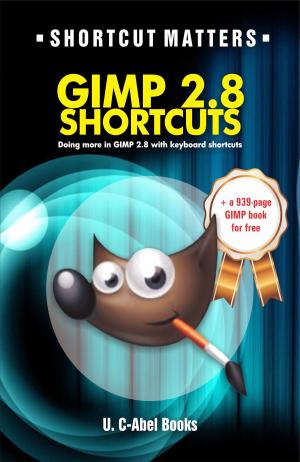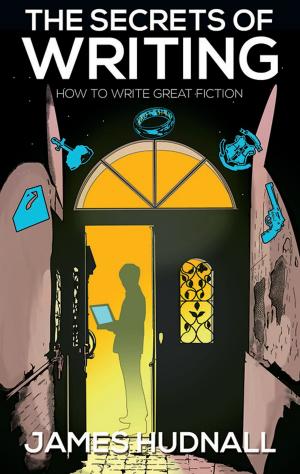Discovering Information
Nonfiction, Computers, Application Software, Educational Software, Computer Hardware, Personal Computers, General Computing, Skills| Author: | Potter, Geoff | ISBN: | 9780986744020 |
| Publisher: | ITCA Digital Education Systems | Publication: | September 1, 2012 |
| Imprint: | Language: | English |
| Author: | Potter, Geoff |
| ISBN: | 9780986744020 |
| Publisher: | ITCA Digital Education Systems |
| Publication: | September 1, 2012 |
| Imprint: | |
| Language: | English |
This is the third book in a series of ten electronic books designed to educate young children and school-age students about information technologies and the digital world they live in.Who will benefit from this book? This book is most suitable for young people in their mid elementary grade levels. It is also very helpful for teachers introducing ICT or integrating it into the curriculum. Contents: Book Three comprises three modules:Module 1: Discovering Types of Information. This module explores various types of information and how they can be understood and effectively used. It also introduces calculating, information storing, measurement, and both SCRATCH and LOGO-based programming, designs and control processes. Adventure One: Let's Discover How Information is Stored. Adventure Two: Let's Discover Counting and Calculating. Adventure Three: Let's Discover Placing Items in Sets. Adventure Four: Let's Discover Measuring Adventure Five: Moving A Sprite with Scratch. Adventure Six: Making Shapes and Lines. Adventure Seven: Let's Discover Open Office Spreadsheets. Adventure Eight: Let's Discover Worksheets and Graphs. Module 2: Looking At Shapes and Sizes of Information. This module enables students to explore ways of creating, organizing and communicating information, including integrating text and images and sound. It introduces students to multimedia communication: blending several media types together to enrich communication. Adventure One: Let's Look at Information. Adventure Two: Let's Look at Pictures. Adventure Three: Let's Work with Pictures. Adventure Four: Let's Look at Digital Sound. Module 3: Manipulating Environments. This module introduces the student to ways of using a computer to learn about and to practice science and investigation. Adventure One: Let's Communicate about Our Families and Ourselves. Adventure Two: Let's Communicate about Our Relatives. The book is colorful, creative and contains many challenges and activities designed to help young students understand how digital technologies work and how they may efficiently use them to learn and communicate. All of the recommended software is Open Source. The book also contains an integrated Continuous Assessment process which may be of value in some educational environments. Modules at each level are divided into skills and knowledge-focused units. At the end of each unit students may describe what they have learned and their parent or teacher may award points for each item covered. Marks may be accumulated throughout the school year. A grade based upon the total points accumulated may be awarded at any time during the year. There are no tests or examinations in this program. What are the intended uses of this book? 1.This book is designed to support both teachers and students in existing ICT curricula and may be useful in areas such as Science, Language Arts, Mathematics and the Arts. 2.The book supports public and private education systems instruction and skills training programs to ensure that young people possess the knowledge and skills to function in a digital society, and ultimately to prepare them for entry into higher education and an increasingly digital and computer-based workforce. 3. Students and parents may use the book for home schooling use in support of study projects and personal skills development.
This is the third book in a series of ten electronic books designed to educate young children and school-age students about information technologies and the digital world they live in.Who will benefit from this book? This book is most suitable for young people in their mid elementary grade levels. It is also very helpful for teachers introducing ICT or integrating it into the curriculum. Contents: Book Three comprises three modules:Module 1: Discovering Types of Information. This module explores various types of information and how they can be understood and effectively used. It also introduces calculating, information storing, measurement, and both SCRATCH and LOGO-based programming, designs and control processes. Adventure One: Let's Discover How Information is Stored. Adventure Two: Let's Discover Counting and Calculating. Adventure Three: Let's Discover Placing Items in Sets. Adventure Four: Let's Discover Measuring Adventure Five: Moving A Sprite with Scratch. Adventure Six: Making Shapes and Lines. Adventure Seven: Let's Discover Open Office Spreadsheets. Adventure Eight: Let's Discover Worksheets and Graphs. Module 2: Looking At Shapes and Sizes of Information. This module enables students to explore ways of creating, organizing and communicating information, including integrating text and images and sound. It introduces students to multimedia communication: blending several media types together to enrich communication. Adventure One: Let's Look at Information. Adventure Two: Let's Look at Pictures. Adventure Three: Let's Work with Pictures. Adventure Four: Let's Look at Digital Sound. Module 3: Manipulating Environments. This module introduces the student to ways of using a computer to learn about and to practice science and investigation. Adventure One: Let's Communicate about Our Families and Ourselves. Adventure Two: Let's Communicate about Our Relatives. The book is colorful, creative and contains many challenges and activities designed to help young students understand how digital technologies work and how they may efficiently use them to learn and communicate. All of the recommended software is Open Source. The book also contains an integrated Continuous Assessment process which may be of value in some educational environments. Modules at each level are divided into skills and knowledge-focused units. At the end of each unit students may describe what they have learned and their parent or teacher may award points for each item covered. Marks may be accumulated throughout the school year. A grade based upon the total points accumulated may be awarded at any time during the year. There are no tests or examinations in this program. What are the intended uses of this book? 1.This book is designed to support both teachers and students in existing ICT curricula and may be useful in areas such as Science, Language Arts, Mathematics and the Arts. 2.The book supports public and private education systems instruction and skills training programs to ensure that young people possess the knowledge and skills to function in a digital society, and ultimately to prepare them for entry into higher education and an increasingly digital and computer-based workforce. 3. Students and parents may use the book for home schooling use in support of study projects and personal skills development.
